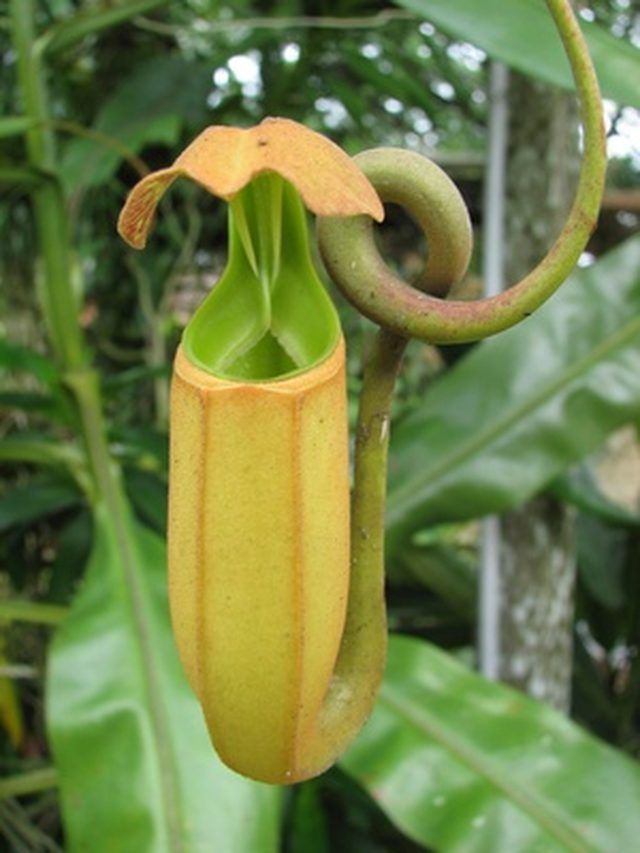Bulbs
Flower Basics
Flower Beds & Specialty Gardens
Flower Garden
Garden Furniture
Garden Gnomes
Garden Seeds
Garden Sheds
Garden Statues
Garden Tools & Supplies
Gardening Basics
Green & Organic
Groundcovers & Vines
Growing Annuals
Growing Basil
Growing Beans
Growing Berries
Growing Blueberries
Growing Cactus
Growing Corn
Growing Cotton
Growing Edibles
Growing Flowers
Growing Garlic
Growing Grapes
Growing Grass
Growing Herbs
Growing Jasmine
Growing Mint
Growing Mushrooms
Orchids
Growing Peanuts
Growing Perennials
Growing Plants
Growing Rosemary
Growing Roses
Growing Strawberries
Growing Sunflowers
Growing Thyme
Growing Tomatoes
Growing Tulips
Growing Vegetables
Herb Basics
Herb Garden
Indoor Growing
Landscaping Basics
Landscaping Patios
Landscaping Plants
Landscaping Shrubs
Landscaping Trees
Landscaping Walks & Pathways
Lawn Basics
Lawn Maintenance
Lawn Mowers
Lawn Ornaments
Lawn Planting
Lawn Tools
Outdoor Growing
Overall Landscape Planning
Pests, Weeds & Problems
Plant Basics
Rock Garden
Rose Garden
Shrubs
Soil
Specialty Gardens
Trees
Vegetable Garden
Yard Maintenance
The Life Cycle of a Pitcher Plant
The Life Cycle of a Pitcher Plant. Pitcher plants are carnivorous, feeding on insects, arachnids and even small rodents. They grow in nutrient-poor soils, getting their nutrition from the prey they lure with sweet nectar. The 76 different species of pitcher plant vary greatly in size, though they all share the same trapping mechanism and general...

Pitcher plants are carnivorous, feeding on insects, arachnids and even small rodents. They grow in nutrient-poor soils, getting their nutrition from the prey they lure with sweet nectar. The 76 different species of pitcher plant vary greatly in size, though they all share the same trapping mechanism and general anatomy of their traps, which are modified leaves. All pitcher plant varieties also share similar life cycles.
The Seed
Once a flower is fertilized by the pollen of another plant, it will begin producing seeds that are dispersed by the wind, like the seeds of a dandelion. The seeds fall to the ground and, if the conditions are right (plentiful light and moisture) they germinate. Pitcher plants grow slowly; it may take a full year for a germinated seed to grow 1 inch, according to Total Pet Magazine.
Initial Growth
Over the next few years, the pitcher plant grows, dispersing roots. Pitcher traps begin as specialized leaves that grow out, down and away from the stem of the plant. Gradually, this specialized leaf or petiole expands to form an inner chamber. The edges grow flanges and the inner surface secretes a slippery liquid. When fully formed, the lid of the pitcher pops off, releasing the scent of nectar to attract prey. Some pitcher plants grow on the ground while others are epiphytes, growing in the canopy of trees, according to the website Science Ray.
Second-Stage Growth
Once the pitcher has fully formed and prey have begun to provide additional nutrients to the plant (a process that can take five to 10 years, according to the website Big Plants), climbing stems appear. These stems grow like vines, crawling up nearby trees or other structures, seeking more light. These stems also provide support for the bulbous pitcher during development. If these stems do not find support, they swell to become pitchers themselves. Climbing pitchers are different from ground pitchers. They are longer, lighter and thinner than their more bowl-shaped and ground-based companion.
Prey
Pitcher plants utilize passive pitfall traps. These traps release a nectar that attracts prey like insects, spiders, frogs and even small rodents and birds. The leaves are slippery on the inside, causing the prey to lose its footing and slip inside where it is digested live. In 2009 a new species of pitcher plant, the largest ever discovered, was found on Mount Victoria in the Philippines. The plant, named N. attenboroughii after naturalist David Attenborough, specializes in vertebrates, eating primarily birds and rats.
Decomposition
As the pitcher plant reaches the end of its life, it begins to dry out. Often the dried pitcher will become the home of many insects and will contribute its nutrients to the surrounding soils as it decomposes.